Search
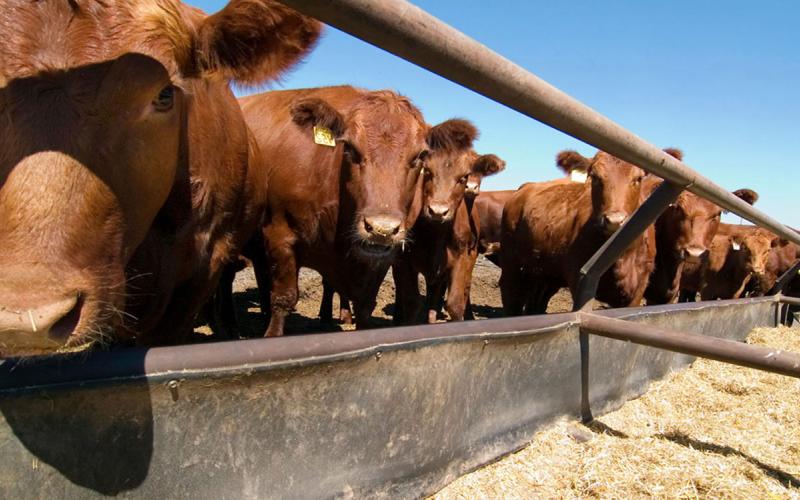
Register now for Dec. 6 Concentrated Animal Feeding Operations training
November 13, 2023
There will be an environmental training session for operators of Concentrated Animal Feeding Operations (CAFOs) on Dec. 6, 2023, at the Crossroads Convention Center in Huron.
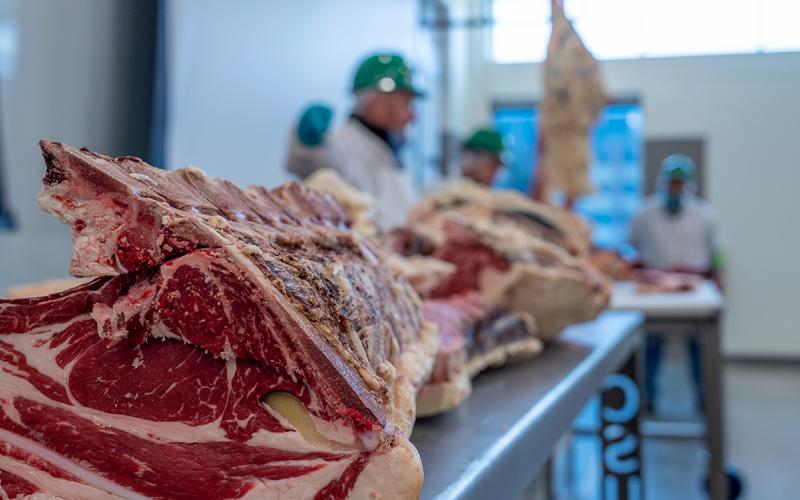
Growth Promotant Technologies: Impact on Beef Production and Meat Quality - Research
A study conducted by SDSU researchers evaluated the impact additive combinations of growth-promotant technologies can have on beef carcass characteristics and tenderness.

Compensation for Family Members Returning to the Farm
Compensating for management and labor is one of the questions that must be answered when bringing a family member into the family operation.
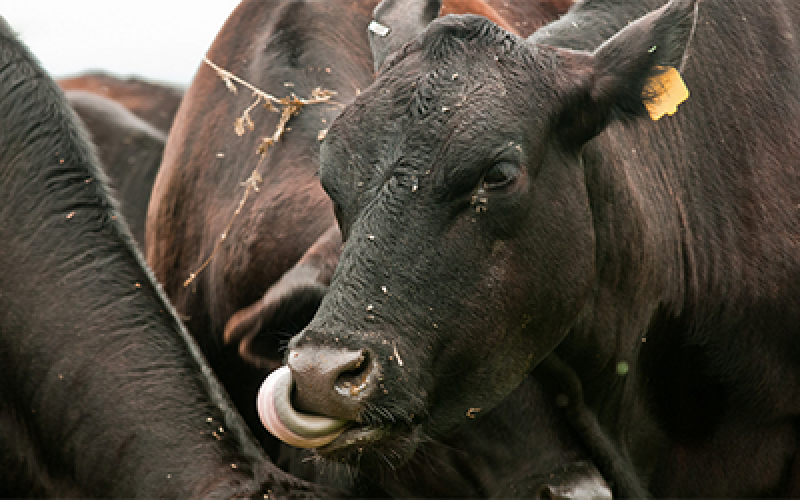
Understanding the Importance of Your Herd’s Energy Reserves
The energy reserves of a herd are a direct correlation to the nutrient supply and balance. Body condition scoring is a practical tool that is simple to implement and allows producers to analyze the energy reserves of their herd and manage winter feeding accordingly.
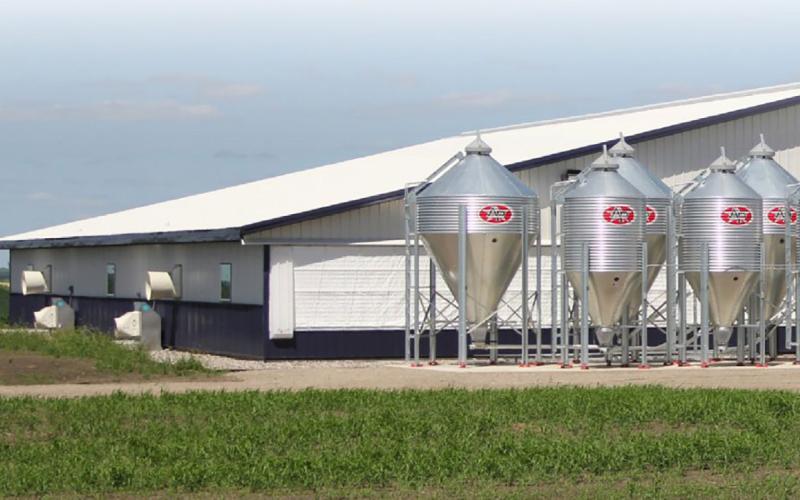
Evaluating the Effects of Replacing Soy Protein Concentrate with Corn-Fermented Protein on Growth Performance and Gut Integrity of Weaned Pigs
A recent trial at the SDSU offsite swine commercial wean-to-finish research barn investigated if corn-fermented protein could replace soy protein concentrate in weaned pig diets with similar effects on growth performance and gut integrity.

Feed Costs Still a Large Percentage of the Cow Budget
Monitoring, managing, and minimizing feed costs while maintaining a balanced ration is one way to maximize profit potential in the cow herd. Learn some expert tips for creating a least-cost ration.
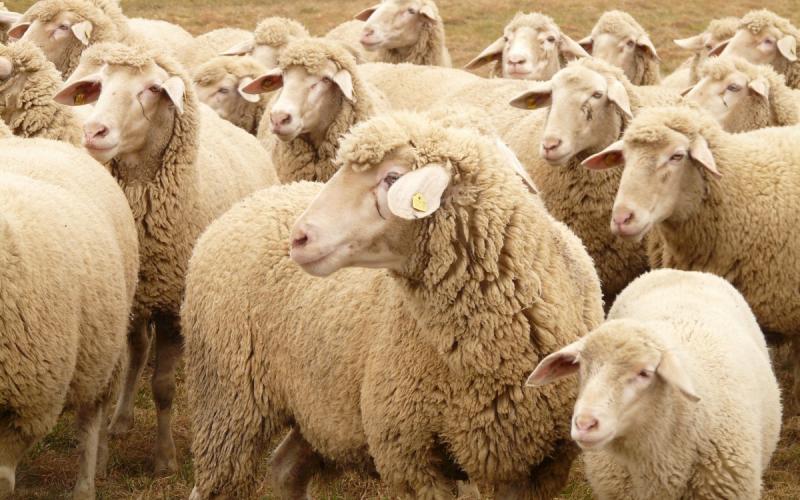
Using Corn Silage in Sheep Diet Formulations
Many Midwest producers have limited options for their primary forage source this year and, must utilize ear-less corn stalks as silage for their in livestock feeding systems. Despite the lack of ears on stalks in some areas the resultant corn stover silage is still expected to contain 80% of expected level of energy under normal growing conditions.

SDSU Extension 4-H professionals recognized at national conference
December 05, 2023
SDSU Extension 4-H professionals were recognized for their contributions to South Dakota youth at the 2023 National Association of Extension 4-H Youth Development Professionals conference.
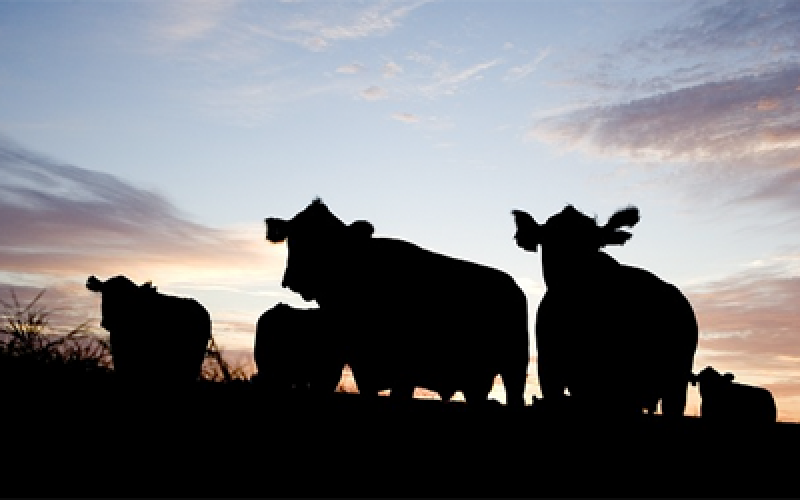
Economic Impact of the Beef Industry on South Dakota
The beef industry in South Dakota makes a significant contribution to economic output and development in the state. As of January 1st, 2012 there were 1,610,000 beef cows in South Dakota. These cows produced 1,710,000 calves during the year and the industry produced an estimated $2,283,766,027 in gross income during 2012 (South Dakota Agriculture 2013).

4-H Volunteer Recognition Awards
Nominate a volunteer to be recognized at the state-level for their impact in 4-H. In addition to the Volunteer and Shooting Sports Hall of Fames, volunteers can be nominated for the Outstanding Youth Service, Outstanding Volunteer, Emerging Volunteer and Outstanding Shooting Sports Volunteer awards.